According to some reports, Huawei has surpassed Apple in smartphone sales in the last quarter of 2016. In recent years they have excelled in the mid-range market with some moderate success with high end phones. This year, with the launch of the P10 and the P10 Plus, they hope to expand on this moderate high-end success and start to chase Samsung down for the best selling smartphone brand on the market.
We have already reviewed the P10 in mid-March. Now the P10 Plus has hit our shores and after such a positive review of the P10, we thought it only fair that we gave its big brother a good going over.
While there are many similarities between the P10 and the P10 Plus there are several distinct differences which we will touch on in this review. Also, because opinions differ, I will also touch on a couple of sections where the phones were the same, but my opinion differs from Chris’ in his earlier review of the P10.
Huawei P10 Plus Design and Hardware
The P10 Plus looks the same as the P10, it’s just bigger. It has the same bezel ratio, it has the same rear design and buttons as the P10. It’s just like the P10 grew up and kept the same hair cut. The P10 Plus is a whole 8.2mm longer than the P10 and 4.9mm less wide. The two phones are exactly the same thickness, 7mm, which is an impressive engineering feat. You can see the size comparisons between the P10 Plus and a Mate 9, an LG G6 and a Pixel XL below. The P10 Plus has much more bezel that the Mate 9 owing to the fingerprint sensor on the front but also is thinner.
The processors are the same in both phones, Hisilicon Kirin 960 which is a beast. I’ve used this in two different phones now (the Mate 9 as well) and it does not miss a beat. The processor does not get the kudos it deserves which in my opinion is because it is overshadowed by a slow software layer over Android that makes the phone slow. As EMUI improves over time we are seeing the true nature of the Hisilicon processors.
The P10 Plus has a whopping 128GB of onboard storage (as well as a microSD slot) and 6GB of RAM which is much more than that in the P10. Is all this really required? Possibly. I like 128GB of storage in phones now. You never have to think about how much room you have left and don’t have to worry about microSD card speeds if running apps. The RAM will only help EMUI become less of a burden on the user experience.
The P10 Plus also has stereo speakers compared with the mono in the P10. The sound is loud and crisp and quite good for a phone. It’s no boom sound but it is better than the Pixel XL.
The P10 Plus also includes an infrared port that can be used to control your TV etc. In testing it worked quite well. The app Huawei included had a fair few devices already in it but isn’t as good as some I have used in the past. Not a deal breaker though as you can easily download a better one as you see fit.
Both the P10 and P10 Plus have front-mounted fingerprint sensors and after a week of using the P10 Plus I have decided I don’t like it — well, I prefer the rear-mounted variety. The sensor itself worked really well — Huawei have the best fingerprint sensors I have used and this is no exception. It worked as designed every single time, except when the fingers were a bit wet which is not unusual.
While there are advantages to the front mounting on the sensor — you can easily turn it on while it is sitting on the desk — the downsides outweigh that in my opinion. The size of the bezel required to accommodate the front-mounted fingerprint sensor are not good enough anymore. Samsung and LG have set the bar high with their bezels on their 2017 flagships and after using the G6 with the tiny bezels and rear fingerprint sensor I know which I prefer.
Huawei P10 Plus Display
The P10 Plus has a 5.5 inch 2K display compared with a 5-inch 1080p display in the P10. I’ve used a 2K display in my last few phones and can honestly tell a big different between that and a cheaper 1080P display. This is why I will never buy a phone with anything less than a 2K display. The text is crisper, the pictures are clearer, the overall experience is better.
The P10 Plus has a setting called “Low resolution power saving” that lowers the screen resolution “as required” to help save power. I did not use that. What’s the point? I’ve said it before, I don’t see the point in gimping a phone to make the battery last a little bit longer. Plug it in for an hour, that’ll make it last longer too! The phone will be close to fully charged in an hour due to the Huawei supercharging included.
Auto-brightness is as good as it was on the Mate 9. Best i have seen ever on a phone. Huawei have also once again included the ability to change the “colour temperature” of the display to whatever you want it to be. There are three presets or you can set your own easily.
Huawei P10 Plus Camera
The photos Chris managed to obtain with the Leica camera on the P10 were fairly impressive to say the least. While I am nowhere near the photographer Chris is (Ed. psshh) the P10 Plus should be able to take just as good photos in daylight and outshine the P10 in low light due to its greater aperture opening which allows more light to reach the sensors. The specs of the cameras are Dual 20 MP + 12 MP, f/1.8 for the P10 Plus and Dual 20 MP + 12 MP, f/2.2 for the P10.
Technically the P10 Plus should take better photos. After taking a variety of photos with the P10 Plus I did a controlled trial of the low light capabilities by slowly lowering the light in a room and taking the same photo over and over. The results can be seen below.
The LG G6, the Pixel XL and the Samsung Galaxy S8 all have great cameras and have been much heralded. The Huawei P10 Plus can certainly hang with them at any time at any location and at any light level. The tweaks Huawei have added for their dual camera are really useful. The bokeh and monochromatic images are excellent uses of the dual camera, although be careful of their bokeh effect that is automatically on the selfie camera — it makes you look weird(er).
Huawei P10 Plus Software
The software on the P10 Plus is basically the same as that on the P10 aside from the small number of tweaks mentioned above related to the different hardware specs. In Chris’ review he said “EMUI 5.1 feels like it might have been designed by someone completely unrelated to Huawei or their previous EMUI adventures. It actually looks good and enhances the experience of Android, rather than taking it and destroying it.”
I’d like to say that I totally agree with Chris and I probably should considering he is the boss here but unfortunately I think he’d had a few too many vino’s the day he wrote that. As I said before opinions are like noses — everyone’s got one. Sure EMUI does not look as bad as it used to be but that does not make it right. It is heading in the right direction though I will give them that. 5.1 is better than 5.0 which was streets ahead of 4.anything and so on.
Most of the things I didn’t like in 5.0 on the Mate 9 still existed on the P10 Plus. “OK Emy” is still extremely limited, you still cannot use a pattern lock with the fingerprint sensor, the soft buttons are still far too close together (so I disabled them), BUT Android Auto worked flawlessly this time.
The best thing about the look of EMUI 5.1 is the way you can easily change it with themes and theme factories on the Play Store. I changed mine to an AOSP Nougat theme and was much happier. Once hidden away the tweaks that Huawei have hidden amongst the settings are quite good. Not too many useless ones which is unusual these days.
My final word on the software is that Huawei have done a great job listening to the punters and continue to improve their software, offer value-added tweaks while at the same time speeding up the UI itself. I don’t hate it and at the end of the day could live with it on a day-to-day basis.
Huawei P10 Plus Performance and Battery
The P10 Plus has a 3750mAh battery compared with the 3200mAh in the P10. While battery is bigger the phone has a larger display and greater display resolution and as such you would expect the battery life of the two to be fairly similar. The battery life of the P10 Plus wasn’t Pixel XL worthy but not far off it. I was easily lasting a full day of high usage with around 4 hours of screen on time with it set at 50% brightness — what more could you ask for? In a phone that is only 7mm thick that is amazing.
The performance of the phone is really good. Huawei are really cracking the big time lately with their forays into the flagship end of the market. Whether it is the newer CPUs they are running or the updated EMUI, the phone does not miss a beat. It is not as smooth as a Pixel but what is? Not once did I suffer any lag while using the phone and was very impressed once again with Huawei’s offering.
Huawei P10 Plus Conclusion
I have been a fan of Huawei and their build quality for a long time but the P series phones are a whole different beast to all other phones Huawei make/have made. They are slimmer and seem to feel small in the hand. The others just feel bulky when compared to them. The finish is a premium product which can hold it’s own in build quality with any other manufacturer and their flagship.
The Huawei software is much improved, so much so that I am very tempted to make the P10 Plus my daily driver and may just do so if I can get root access (stay tuned for my how to root your P10 and P10 Plus piece coming soon). You can change the theme to whatever you want or you can make your own fairly easily using the plethora of EMUI theme factory apps on the Play Store. Huawei have ruined parts of the stock Nougat (the sharing and open with intents for starters) but most of their enhancements really are enhancements.
I have no problem recommending the Huawei P10 Plus to anyone after a high end phone with a top quality build with decent software that does not lag. It can be purchased from JB Hi-Fi and mobileciti for under $1100. At that price it is competing with the flagships of other manufacturers, right where it belongs.

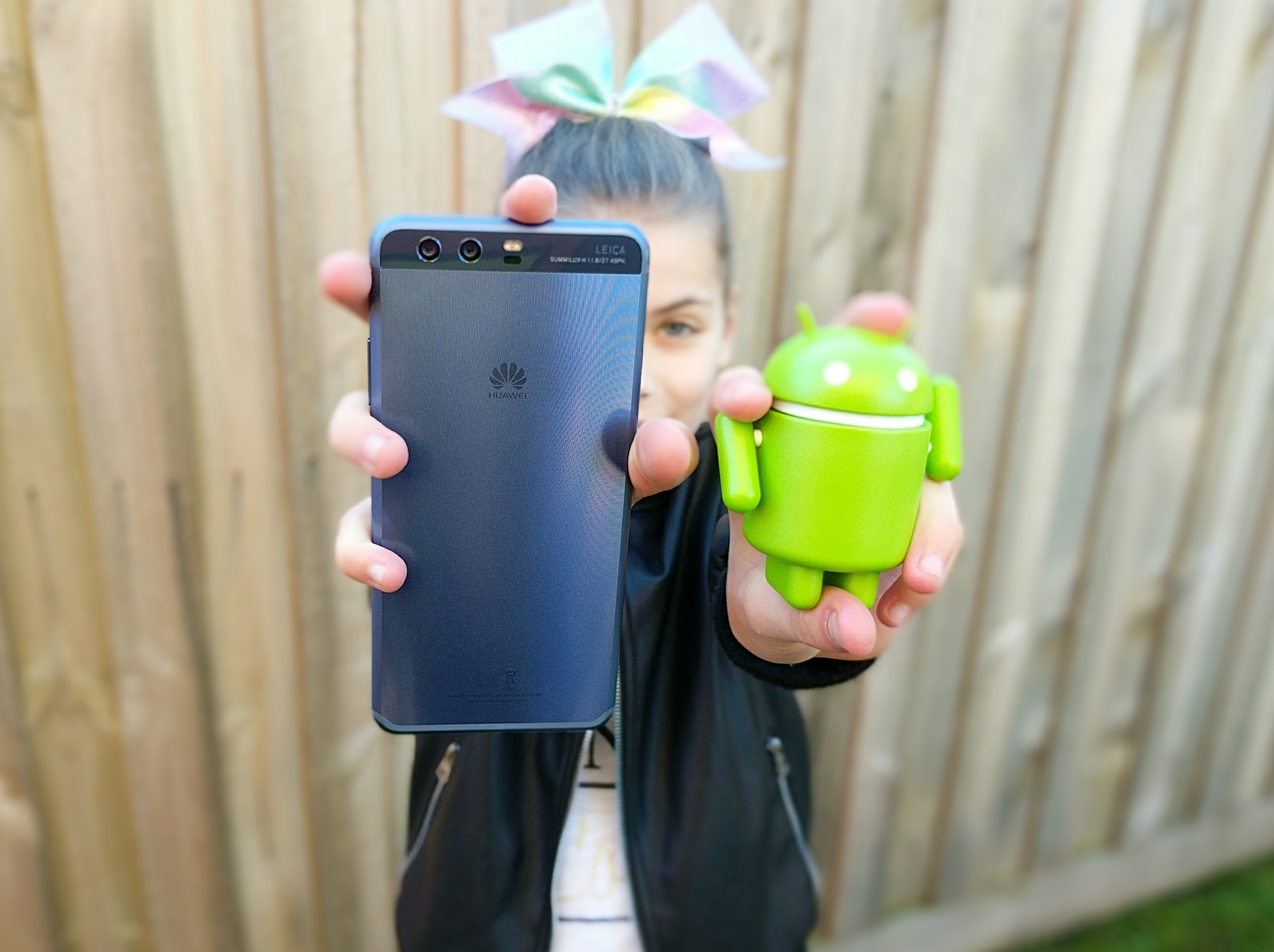


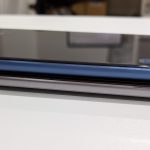
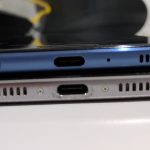
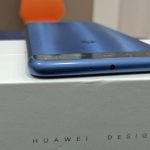

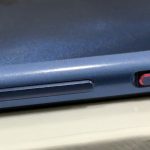


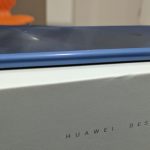
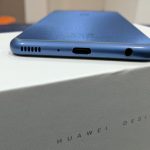






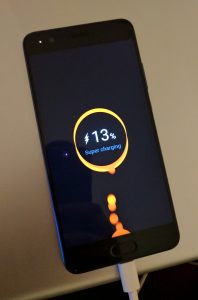
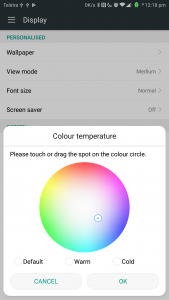






















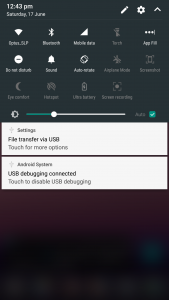



There have been a lot of negative news about various inferior RAM and FLASH chip being used on P10 & P10 Plus. Even Huawei has admitted to it.
Did your review unit use eMMC or UFS 2/2.1 chips and DDR3 or DDR4 RAM chips?
We need to remember that my **3yr old** Note 3 features DDR3 RAM and eMMC flash storage! Any $1000+ 2017 flagship phone must to have latest spec’d hardware!
Hey Tom. Yep, we’ve read those stories too, and even written an OpEd on why it doesn’t matter (and shouldn’t) to 99.9% of people who buy a P10 / P10 Plus: http://ausdroid.net/2017/05/14/huawei-p10-devices-slightly-different-components-doesnt-matter/ Our P10 had UFS 2.0 and DDR3, if memory serves, and it’s still just as quick as the Galaxy S8 and other flagship phones I’ve used. In some regards, I honestly reckon it’s faster. Now, benchmarks will probably show otherwise, but benchmarks have moved a long way from showing what an actual user will perceive, and perception matters. Users will not be disappointed, and I stand by that.… Read more »
Hi Chris, While I agree that user experience is what counts, people who know technology would feel ripped-off! I work for a car company, so let’s use a car analogy: Would you be happy paying the same price for a 2014 Mazda CX 9 model as the the latest 2017 model? Body, Engine, noise insulation, performance, electronics…pretty much everything has been vastly improved on the latest model (which is the flagship in its class). Also, on the inside, it’s a completely new vehicle and it shows. Samsung S8/S8+ which I also own has the latest and the greatest of all… Read more »
Nonsense Tom. Comparing a phones isn’t like comparing cars that are three years apart. The P10 is a 2017 phone, and it performs like one. The P10 Plus couldn’t be described as a mid-range phone, even without DDR4 and UFS2.1 (which, you fail to point out, many P10/Plus devices actually have) it still runs rings around many phones released this year and in years prior. The only thing you’ve got right is Huawei’s use of LCD instead of AMOLED. I’d much rather the latter. Everyone I know and have spoken to who’s used a P10 or plus has enjoyed it.… Read more »
Well I’m a geek then 🙂 As politicians say, we agree to disagree. I suspect that a lot of readers here are also geeks. Being an engineer, I do look what’s inside any device and it matters to me. Unlike with iSheep devices, at least we have a choice with Android phones. My Note 3 has aged really well being a 3yr old flagship phone: with an AOSP ROM, it feels as fast as any Huawei device! (camera is showing it’s age though). Screen still looks heaps better than *any* LCD screen. Btw, I also own an iFail device so… Read more »
Your analogy is off. For an engineer, to go with a car analogy you should be discussing two of the same cars coming with the same engine (CPU) yet different injectors (RAM) and spark plugs (Storage). They do the same job, just different brands and slightly different speeds.
Also, if you think a Note 3 with a ROM is the same as a flagship, you’re a terrible engineer.
Screens too small to interest me.
Good review. Sounds great but I thought a big part of the attraction with Huawei was the price. This doesn’t seem to be a whole lot cheaper than other high end phones.
The P10 is a bit cheaper, but the P10 Plus closes that gap quite a bit.
i think that used to be the case but there is no doubt that they can now hold their own with the big dogs.